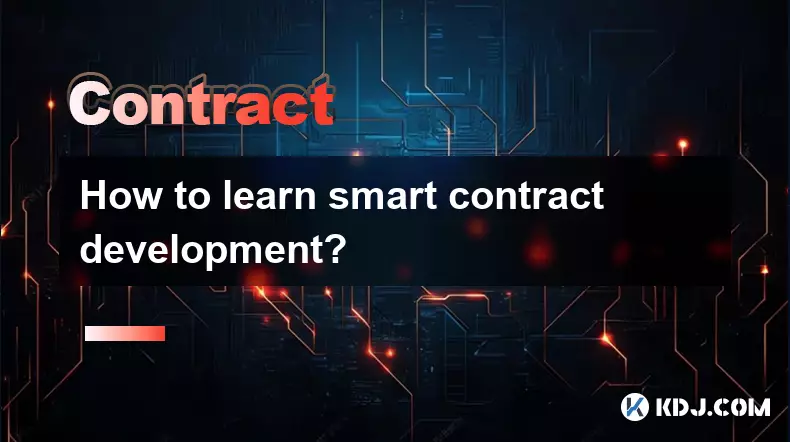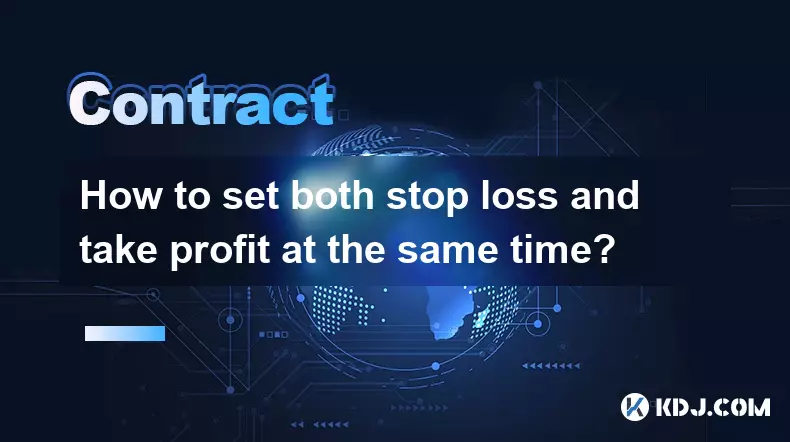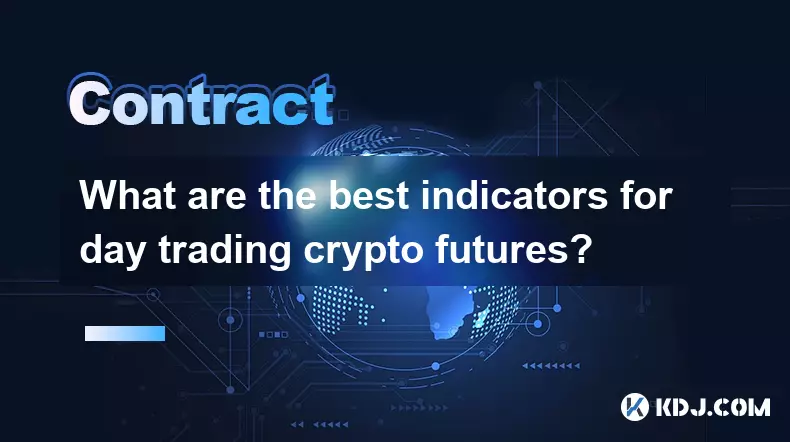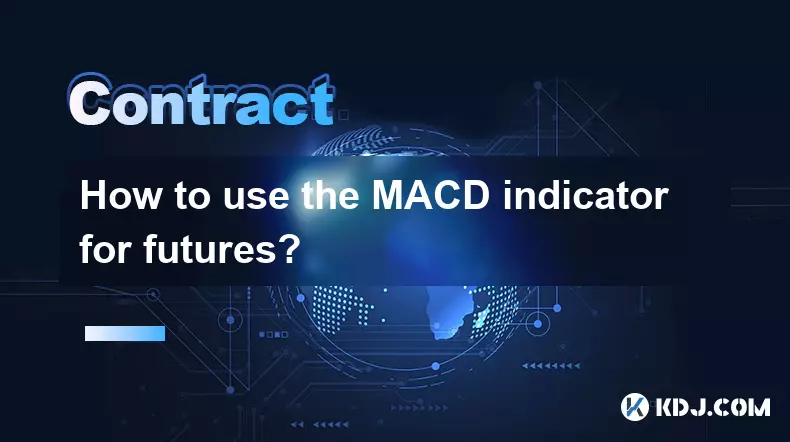-
 Bitcoin
Bitcoin $112200
-0.88% -
 Ethereum
Ethereum $4329
-0.97% -
 XRP
XRP $2.969
-1.76% -
 Tether USDt
Tether USDt $0.0000
0.00% -
 BNB
BNB $884.9
0.16% -
 Solana
Solana $221.0
0.69% -
 USDC
USDC $0.9997
0.00% -
 Dogecoin
Dogecoin $0.2418
0.32% -
 TRON
TRON $0.3368
0.56% -
 Cardano
Cardano $0.8813
-1.09% -
 Hyperliquid
Hyperliquid $55.27
1.41% -
 Chainlink
Chainlink $23.64
-0.35% -
 Ethena USDe
Ethena USDe $1.001
0.01% -
 Sui
Sui $3.539
-1.75% -
 Stellar
Stellar $0.3774
-2.26% -
 Bitcoin Cash
Bitcoin Cash $580.5
-0.77% -
 Avalanche
Avalanche $27.05
3.68% -
 Hedera
Hedera $0.2329
0.15% -
 UNUS SED LEO
UNUS SED LEO $9.552
0.03% -
 Litecoin
Litecoin $113.2
-0.92% -
 Cronos
Cronos $0.2558
2.32% -
 Toncoin
Toncoin $3.115
-0.63% -
 Shiba Inu
Shiba Inu $0.00001296
-0.84% -
 Polkadot
Polkadot $4.113
-0.89% -
 Uniswap
Uniswap $9.680
-0.80% -
 Ethena
Ethena $0.8148
-4.08% -
 Dai
Dai $0.9999
0.02% -
 World Liberty Financial
World Liberty Financial $0.2033
-7.09% -
 Monero
Monero $268.1
-1.33% -
 Aave
Aave $298.2
-3.57%
How are the fee calculations structured on KuCoin Futures?
KuCoin Futures uses maker/taker fees, VIP tiers, and KCS discounts to reduce trading costs, with fees deducted in USDT or coin-margined assets.
Aug 13, 2025 at 11:35 am

Understanding the Fee Structure on KuCoin Futures
KuCoin Futures operates with a dual-fee model that includes maker and taker fees, which are standard across most derivatives exchanges. These fees are applied to every trade executed on the platform and are determined by the role a trader plays in the market—either adding liquidity (maker) or removing it (taker). The fee rates vary based on the user’s 30-day trading volume and VIP level, which can be upgraded through higher trading activity or holding KCS, KuCoin’s native token.
- Maker fees are typically lower because these orders sit on the order book and contribute to market depth.
- Taker fees are slightly higher as takers immediately execute against existing orders, consuming liquidity.
- Fee rates can go as low as 0.02% for makers and 0.05% for takers for top-tier VIP users.
- Users who hold KCS can receive a 20% discount on trading fees, further reducing costs.
All fees are deducted from the trader’s margin balance at the time of trade execution and are calculated in the settlement currency of the contract, usually USDT or coin-margined assets.
How Maker and Taker Fees Are Applied
When placing an order on KuCoin Futures, whether it’s a limit order or a market order, the system determines if the action qualifies as a maker or taker. This classification directly influences the fee applied.
- A limit order placed away from the current market price and not immediately filled is considered a maker order. For example, placing a buy limit order below the current mark price adds liquidity.
- A market order or a limit order that matches an existing order instantly is classified as a taker. This includes stop-market orders or aggressive limit orders that cross the spread.
- The fee is calculated as a percentage of the notional value of the contract. For instance, opening a $10,000 position with a 0.05% taker fee results in a $5 fee.
- Fees are applied both when opening and closing a position, meaning each trade leg incurs its own fee.
KuCoin displays the estimated fee before order confirmation, allowing traders to review costs prior to execution. This transparency helps in managing trading cost efficiency, especially for high-frequency strategies.
Impact of VIP Levels on Fee Discounts
KuCoin Futures uses a tiered VIP system that rewards users with lower fees based on their trading volume. The system evaluates cumulative futures trading volume over the past 30 days and assigns a corresponding VIP level from 0 to 9.
- Higher VIP levels correspond to lower maker and taker fees.
- For example, a VIP 0 user might pay 0.06% as a taker, while a VIP 5 user pays only 0.045%.
- Trading volume is tracked in USDT equivalent, regardless of the pair traded.
- Upgrading to higher VIP levels can be accelerated by holding KCS in your account. The amount of KCS staked influences the volume multiplier applied.
Users can check their current VIP level and fee rates in the Fees & Discounts section under their account settings. The interface provides a detailed breakdown of applicable rates for both USDT-margined and coin-margined futures.
Funding Fees in Perpetual Contracts
In addition to trading fees, KuCoin Futures charges funding fees on perpetual contracts. These are periodic payments exchanged between long and short position holders to align the contract price with the underlying spot market.
- Funding occurs every 8 hours at 00:00 UTC, 08:00 UTC, and 16:00 UTC.
- The funding rate is composed of a interest rate component and a premium index to reflect market sentiment.
- If the funding rate is positive, longs pay shorts. If negative, shorts pay longs.
- The fee is calculated as:Position Value × Funding Rate
- Funding fees are not paid to KuCoin; they are transferred directly between users.
Traders can view the upcoming funding rate in the contract details section. Monitoring this rate helps in deciding whether to hold a position through a funding interval, especially during periods of extreme skew.
Fee Calculation Example for a Real Trade
To illustrate how fees accumulate, consider a trader opening and closing a USDT-margined BTC/USDT perpetual contract.
- The trader opens a $5,000 long position using a market order.
- This is a taker, so the taker fee applies.
- Assuming a taker fee of 0.05%, the opening fee is:$5,000 × 0.05% = $2.50
- The trader later closes the position with another market order for $5,200.
- Closing is also a taker trade.
- Closing fee: $5,200 × 0.05% = $2.60
- Total trading fees: $2.50 + $2.60 = $5.10
- If the position was held for more than 8 hours, funding fees would also apply. For example, with a funding rate of 0.01%, the fee would be:$5,000 × 0.01% = $0.50 (paid or received depending on direction)
All fees are automatically deducted from the isolated or cross margin account associated with the position.
How to Reduce Fees on KuCoin Futures
Traders can employ several strategies to minimize fee expenses on KuCoin Futures.
- Use limit orders instead of market orders to qualify for lower maker fees.
- Increase 30-day trading volume to upgrade VIP level and access reduced rates.
- Hold KCS in your account to receive a 20% fee discount on all transactions.
- Avoid holding positions during high funding rate periods to reduce funding costs.
- Monitor fee schedules regularly, as KuCoin may update rates or introduce promotions.
The KCS discount is applied automatically if eligible, and users can verify its application in the transaction history. Combining high maker ratio trading with VIP status and KCS holdings can significantly reduce overall trading costs.
FAQs
What is the difference between maker and taker fees on KuCoin Futures?Maker fees apply to orders that add liquidity to the order book, such as limit orders that don’t execute immediately. Taker fees apply to orders that remove liquidity, like market orders or limit orders that match existing ones. Maker fees are generally lower than taker fees to incentivize market-making behavior.
How often are funding fees charged on KuCoin perpetual contracts?Funding fees are charged every 8 hours, specifically at 00:00 UTC, 08:00 UTC, and 16:00 UTC. The exact rate is determined 10 minutes before each funding interval and is based on the difference between perpetual contract prices and the underlying spot index.
Can I see my current fee rate before placing a trade?Yes. KuCoin Futures displays the estimated fee in the order confirmation window before execution. The fee is calculated based on your current VIP level, order type (maker/taker), and position size. This allows you to adjust your order type or size to optimize cost.
Does holding KCS reduce both maker and taker fees?Yes. Holding KCS grants a 20% discount on both maker and taker fees across all futures trading. The discount is applied automatically if you meet the minimum KCS holding requirement, which varies by VIP level. The discount does not apply to funding fees, as those are peer-to-peer transfers.
Disclaimer:info@kdj.com
The information provided is not trading advice. kdj.com does not assume any responsibility for any investments made based on the information provided in this article. Cryptocurrencies are highly volatile and it is highly recommended that you invest with caution after thorough research!
If you believe that the content used on this website infringes your copyright, please contact us immediately (info@kdj.com) and we will delete it promptly.
- Queen Elizabeth 50p Coin: Rare Sales and Hidden Treasures!
- 2025-09-10 16:25:16
- Pepe's Price Pattern: Surge Incoming or Whale Dump?
- 2025-09-10 16:45:16
- Metaplanet, Bitcoin, and Record Volume: A Tokyo MicroStrategy?
- 2025-09-10 17:05:12
- Metaplanet's Bitcoin Bet: Stock Shoots Up as Investment Strategy Takes Hold
- 2025-09-10 17:05:12
- SEC, Crypto, and Mysten Labs: Navigating the Regulatory Maze
- 2025-09-10 16:45:16
- Metaplanet's Bitcoin Bet: Share Offering Signals Bold Move or Desperate Gamble?
- 2025-09-10 17:10:12
Related knowledge

How to learn smart contract development?
Sep 09,2025 at 02:18am
Understanding the Foundation of Smart Contracts1. Smart contract development begins with a solid understanding of what smart contracts are—self-execut...

How to set both stop loss and take profit at the same time?
Sep 06,2025 at 04:36pm
Understanding Simultaneous Stop Loss and Take Profit Orders1. Placing both stop loss and take profit orders at the same time is a standard practice in...

What is copy trading for crypto futures?
Sep 07,2025 at 02:00am
What Is Copy Trading in Crypto Futures?1. Copy trading in crypto futures allows investors to automatically replicate the trades of experienced traders...

What are the best indicators for day trading crypto futures?
Sep 08,2025 at 10:18am
Top Technical Indicators for Crypto Futures Day Trading1. The Relative Strength Index (RSI) is widely used to identify overbought or oversold conditio...

How to use the MACD indicator for futures?
Sep 07,2025 at 09:00pm
Understanding the MACD Indicator in Futures Trading1. The MACD (Moving Average Convergence Divergence) indicator is a momentum oscillator widely used ...

What to do if you are about to be liquidated?
Sep 06,2025 at 01:00am
Understanding Liquidation in the Crypto Market1. Liquidation occurs when a trader’s margin balance falls below the required maintenance margin, forcin...

How to learn smart contract development?
Sep 09,2025 at 02:18am
Understanding the Foundation of Smart Contracts1. Smart contract development begins with a solid understanding of what smart contracts are—self-execut...

How to set both stop loss and take profit at the same time?
Sep 06,2025 at 04:36pm
Understanding Simultaneous Stop Loss and Take Profit Orders1. Placing both stop loss and take profit orders at the same time is a standard practice in...

What is copy trading for crypto futures?
Sep 07,2025 at 02:00am
What Is Copy Trading in Crypto Futures?1. Copy trading in crypto futures allows investors to automatically replicate the trades of experienced traders...

What are the best indicators for day trading crypto futures?
Sep 08,2025 at 10:18am
Top Technical Indicators for Crypto Futures Day Trading1. The Relative Strength Index (RSI) is widely used to identify overbought or oversold conditio...

How to use the MACD indicator for futures?
Sep 07,2025 at 09:00pm
Understanding the MACD Indicator in Futures Trading1. The MACD (Moving Average Convergence Divergence) indicator is a momentum oscillator widely used ...

What to do if you are about to be liquidated?
Sep 06,2025 at 01:00am
Understanding Liquidation in the Crypto Market1. Liquidation occurs when a trader’s margin balance falls below the required maintenance margin, forcin...
See all articles

























































































